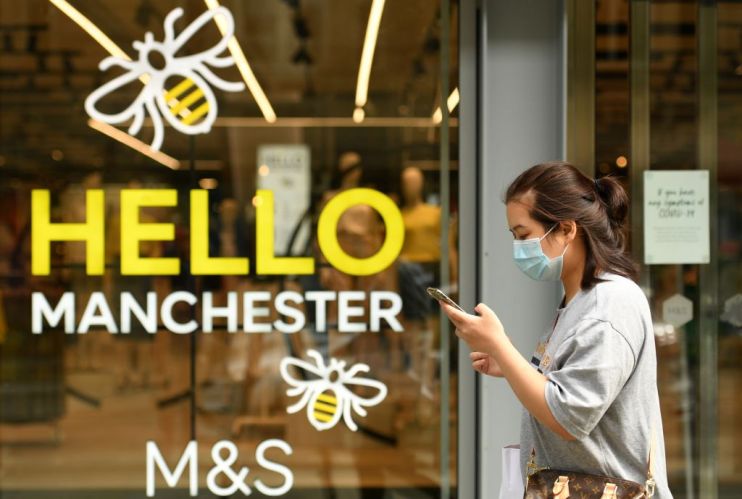Coronavirus: Which English towns are at risk of a local lockdown?

As the UK braces for the impact of a potential second wave of strict lockdown measures, some regions have been placed under close watch by health officials.
A watchlist created by Public Health England, which is updated weekly, showed that 18 regions in England are now being monitored for case spikes, almost halved from 34 a week earlier.
Some of them will face local lockdown rules, such as shops being closed and home visitor numbers being limited.
As of 6 September, the regions currently under watch for a potential local lockdown by Public Health England are:
- Bolton
- Bradford
- Oldham
- Salford
- Blackburn with Darwen
- Preston
- Pendle
- Rochdale
- Tameside
- Manchester
- Birmingham
- Bury
- Leicester
- Kirklees
- Solihull
- Calderdale
- Trafford
- Sandwell
The only new addition to the watchlist for local lockdown rules was Solihull.
Hyndburn, Burnley, Swindon, Breckland, Northampton, Rossendale, Stockport, Norwich, Broadland, Corby, Kettering, Oadby, Leeds, Middlesbrough, Peterborough, Stoke-on-Trent and Luton were removed from the list.
Public Health England said Covid-19 activity in England had increased during the week ending 6 September, after small increases in activity the week before.
Positive coronavirus cases increased significantly to 12,217 in that week, up from 7,955 in a week earlier.
Case rates were highest in north-west England and Yorkshire and Humber, while positive coronavirus cases continued to be highest in adults aged between 20 to 29 years old.
At a local authority level, activity continued to be highest in Bolton.
Using data from Public Health England, NHS Test and Trace and other bodies, the watchlist helps identify the local authorities of greatest concern for high coronavirus infection rates and potential local lockdown rules.
It is produced by first considering the lower tier local authorities with the highest weekly incidence rate and how that data is trending, combined with other indicators including the rate of positive Covid-19 tests.
It also looks at an assessment of the local response and plans in those authorities for possible lockdown measures, as well as other metrics such as healthcare activity and mortality.
As of 9am on 8 September 2020, a total of total of 304,269 have been confirmed positive, up from 283,280.
The government has stopped providing figures for how many people have tested since the pandemic started. The most recent figure was provided last week, with a total of 2,512,332 people having been tested as of 25 August.